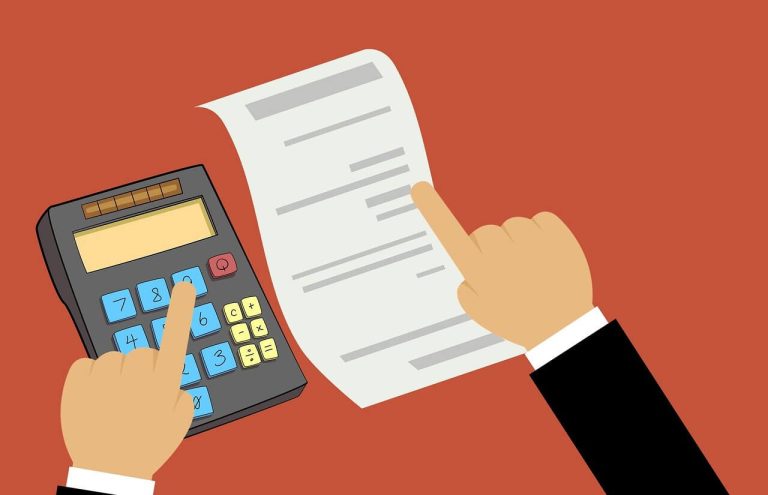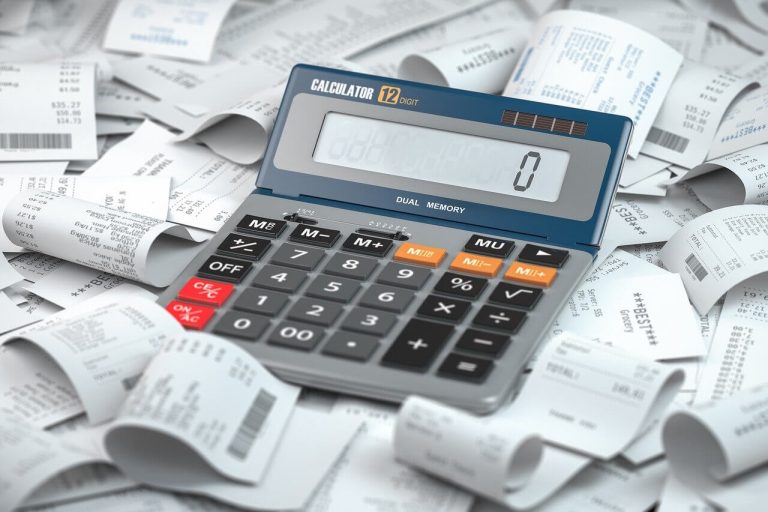What’s the Purpose of the Three Questions You Should Ask Before Using Your Emergency Fund?
Before tapping into your savings, ask: Is this a true emergency? Can I cover this another way? How will it impact my future? What’s the purpose of these three key questions before using your emergency fund?
An emergency fund is one of the most crucial financial safety nets you can have. It supplies a buffer against unexpected expenses, such as medical emergencies, job loss, or urgent home repairs. However, not every financial challenge qualifies as an emergency, and tapping into your savings without proper consideration can jeopardize your financial security.
So, what’s the purpose of the three questions you should ask before using your emergency fund? These questions serve as a decision-making framework that helps ensure you’re using your emergency savings wisely and only when absolutely necessary. In this guide, we’ll break down the significance of these questions and how they help protect your long-term financial stability.
What’s the Purpose of the Three Questions You Should Ask Before Using Your Emergency Fund?
Question 1: Is This a True Emergency?
The first and most critical question to ask is whether the expense you’re facing is a real emergency. Many people confuse urgent and important expenses with true emergencies, leading them to deplete their savings unnecessarily.
What Qualifies as an Emergency?
A true emergency is an unexpected, unavoidable, and urgent expense that impacts your well-being or financial stability. Some examples include:
- Medical emergencies (hospitalization, urgent surgery, or necessary medications)
- Job loss or income reduction
- Essential home repairs (broken furnace, roof damage, plumbing emergencies)
- Car repairs necessary for transportation (if you rely on your vehicle for work)
What Doesn’t Qualify as an Emergency?
While some expenses might feel urgent, they don’t necessarily require dipping into your emergency fund. Examples include:
- Vacations or leisure activities
- Holiday shopping or gifts
- Non-essential home upgrades (renovating a kitchen when it’s still functional)
- Buying new gadgets or luxury items
Why This Question Matters: By defining what a real emergency is, you avoid depleting your fund for unnecessary reasons and ensure the money is available when you truly need it.
Question 2: Can I Cover This Expense in Another Way?
Before withdrawing from your emergency fund, consider alternative ways to pay for the expense that won’t deplete your safety net.
Alternative Ways to Handle Unexpected Expenses
- Using Your Monthly Budget:
- Can you adjust your spending and cover the cost without tapping into your savings?
- For example, cutting unnecessary expenses (eating out, subscriptions) might help cover the cost.
- Using a Sinking Fund:
- If you’ve been saving separately for predictable expenses (like car maintenance or medical co-pays), use that fund first.
- Negotiating Payments:
- Some medical bills, home repairs, and other large expenses offer payment plans that allow you to spread costs over time.
- Using your Credit Card as a Last Resort:
- If the amount is small and you can repay it before incurring high interest, a credit card might be a temporary alternative.
- However, avoid high-interest debt unless absolutely necessary.
- Borrowing Interest-Free (If Feasible):
- Some workplaces offer paycheck advances.
- Family or friends might help with an interest-free loan if repayment terms are clear.
Why This Question Matters: This question ensures that your emergency fund remains intact for true financial crises. If you can find a different way to handle the situation, your safety net remains untouched for when it’s genuinely needed.
SEE ALSO: How to Navigate Financial Aid for College Education
SEE ALSO: Credit Card Debt Consolidation: Is It Right for You?
SEE ALSO: How to Turn Hobbies into Profitable Income Streams
Question 3: How Will This Affect My Financial Future?
The third and final question helps you evaluate the long-term impact of using your emergency savings. Ask yourself:
- How much will be left in my emergency fund after this withdrawal?
- Will using this money put me at financial risk if another emergency arises soon?
- How long will it take to rebuild the fund?
Weighing the Consequences
- If Using Your Emergency Fund is Necessary:
- Make a plan to replenish it quickly by increasing savings efforts after the withdrawal.
- Adjust your budget to rebuild the fund within a set timeframe.
- If Using Your Emergency Fund Would Leave You Vulnerable:
- If withdrawing money will leave you with little to no savings, reconsider the expense.
- Try delaying the payment while looking for alternative solutions.
- If the Expense is Avoidable:
- If the financial decision can wait, postpone it until your savings are in a better place.
Why This Question Matters: This question forces you to think long-term and ensures you don’t deplete your financial cushion without a recovery plan.
The Purpose of These Three Questions
So, what’s the purpose of the three questions you should ask before using your emergency fund?
- They Prevent Impulse Decisions – Financial stress can lead to hasty decisions, but these questions help you pause and evaluate alternatives.
- They Help Preserve Your Financial Security – By ensuring that only true emergencies warrant the use of your fund, you maintain stability.
- They Encourage Better Money Management – Evaluating alternative payment options fosters responsible financial habits.
- They Ensure a Long-Term Plan – Thinking ahead helps you minimize risks and replenish your fund when needed.
How to Strengthen Your Emergency Fund
Even after applying these questions, having a strong emergency fund ensures better protection. Here’s how you can keep it in good shape:
- Set a Savings Goal: Aim for ot less than 3 to 6 months’ worth of living expenditure in your emergency fund.
- Automate Your Savings: Schedule automatic transfers to your emergency fund every paycheck.
- Separate Your Savings: Save your emergency fund in a high-yield savings account to prevent impulse withdrawals.
- Review and Adjust Regularly: Life changes, so periodically reevaluate how much you need in your fund.
- Avoid Unnecessary Withdrawals: Use the three questions as a strict filter before accessing your funds.
Conclusion
Your emergency fund is your financial protection, and using it without careful consideration can leave you vulnerable in future crises.
By asking three essential questions—“Is this a true emergency?”, “Can I cover this expense another way?”, and “How will this affect my financial future?”—you ensure that your fund is used only when absolutely necessary.
Applying these principles will help you maintain financial stability, preserve your savings, and make sound money decisions that secure your future. Before tapping into your emergency fund, take a moment to ask these three questions—it could make all the difference!







